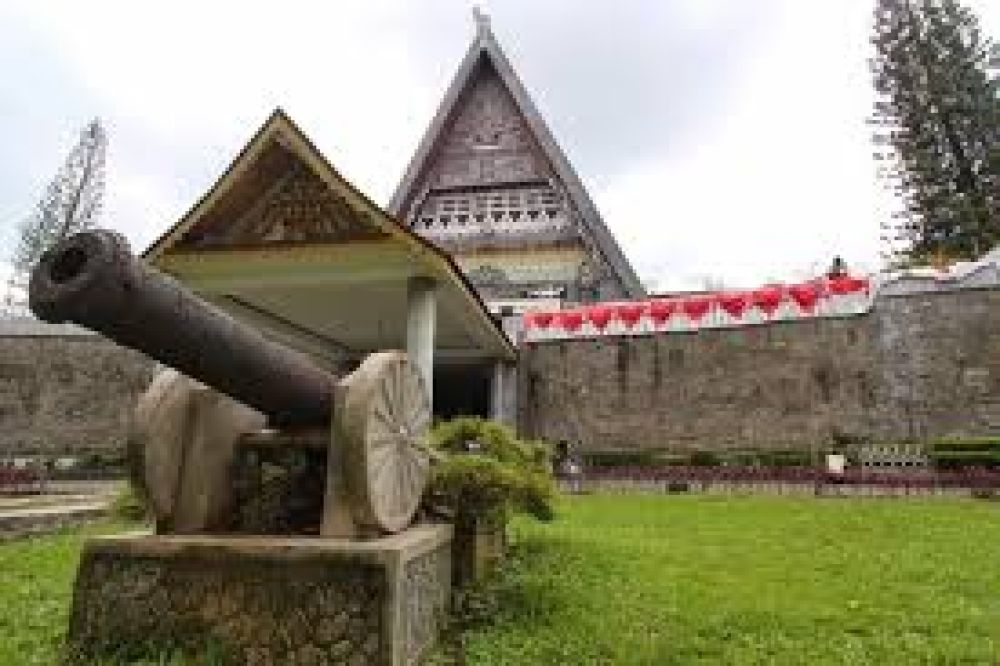

The Museum of North Sumatra, located in Medan, Indonesia, stands as an important cultural edifice that showcases the rich heritage and history of the region. This museum has not only been a center for cultural preservation but also a hub for educational tourism since its establishment.
Opened to the public in 1982, the Museum of North Sumatra was established with the purpose of conserving and displaying artifacts related to the history, culture, and arts of North Sumatra. It was envisioned as a space that gathers the diverse cultural threads of the various ethnic groups residing in the region, such as the Batak, Nias, Malay, and Melayu cultures, among others.
In its early years, the museum attracted researchers, students, and those with a keen interest in the ethnographic backgrounds of the Indonesian archipelago. As Indonesia's tourism industry flourished, the museum experienced an increase in attendance, with visitors seeking to immerse themselves in the historical fabric of Sumatra.
The regional government has played a significant role in promoting Medan as a tourist destination, with the Museum of North Sumatra serving as a keystone attraction. Efforts have been made to improve infrastructure and accessibility, thus encouraging both domestic and international tourists to visit.
The museum houses a vast array of exhibits, including traditional textiles, weaponry, sculptures, musical instruments, and historical documents. A significant part of the collection is dedicated to the heritage of the six major ethnic groups in North Sumatra, portraying their unique customs and traditions.
Its collection also provides insight into the region’s colonial past, including the era of Dutch colonization, which shapes much of Medan’s colonial architecture and historical context. This aspect of the museum draws history buffs and those interested in the impact of colonialism in Southeast Asia.
In recent years, there has been a noticeable shift toward experiential and educational tourism, with visitors seeking authentic, enriching experiences. The Museum of North Sumara has adapted by hosting interactive workshops, cultural events, and guided tours in multiple languages to cater to a diverse audience.
Travelers today are also more inclined towards sustainable tourism practices. The museum has taken steps to reduce its environmental footprint by incorporating eco-friendly initiatives that align with the global movement towards sustainability in tourism.
Social media and digital marketing have influenced the visibility of the Museum of North Sumatra. Visitor-shared experiences online have significantly contributed to raising the profile of the museum within the travel community, attracting a wider audience interested in cultural heritage sites.
The Museum of North Sumatra in Medan continues to be a beacon of cultural and historical tourism in Indonesia. As tourism trends evolve, the museum adaples, ensuring that it remains a must-visit destination for those wishing to delve into the history and culture of this fascinating region.